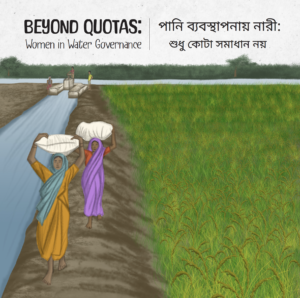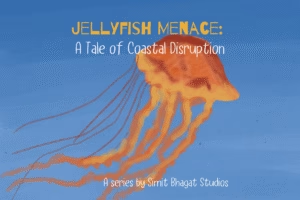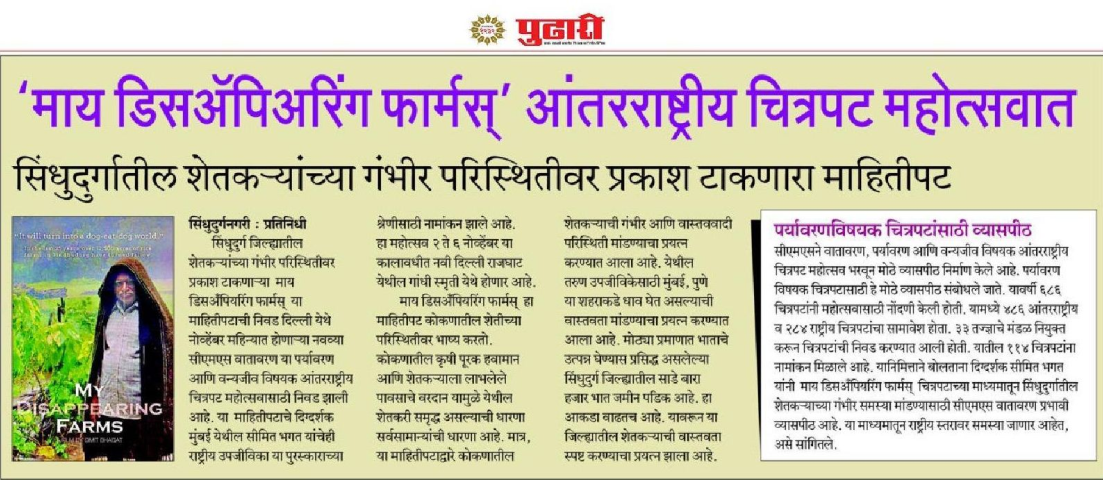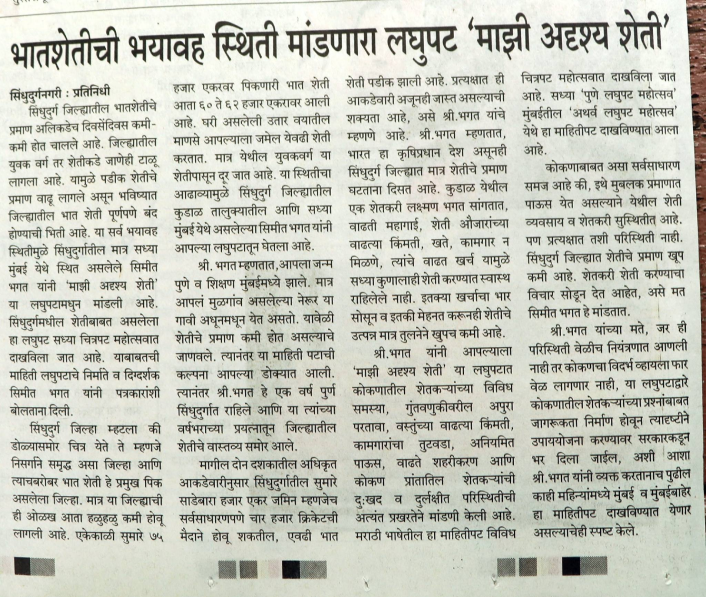When we started working on Bright Orange Foundation’s annual report for the financial year 2024-25, we didn’t feel as though we were producing a formal document. Instead, it felt more like crafting a conversation. One that represented the foundation’s daily work with migrant children and women in Gurgaon, and the dignity they bring into lives that are mostly overlooked.
Bright Orange Foundation’s focus is clear: they work with children who often slip through the cracks when families migrate to the city in search of work. These children find themselves in a kind of “no man’s land”. Village schools are left behind, urban schools are hard to access, and families are rarely able to navigate the paperwork required. Bright Orange Foundation steps in with Dream Big Vidya Kendras, learning centres where children not only receive education, but also build self-confidence, self-respect, and self-reliance.
Bright Orange Foundation works with children who often slip through the cracks when families migrate to the city in search of work.
And so, when it came to designing their annual report, our question was simple: how could we tell their story in a way that felt just as grounded, personal, and honest?
A Report That Feels Like a Conversation
We knew early on that this report wasn’t going to be very long. In fact, it came to just 19 pages. And that was intentional. Many annual reports tend to be dense and overwhelming. But here we wanted the opposite, something that a reader could pick up, move through comfortably, and still feel the depth of impact.
We wanted to design the report that moves through comfortably, and still makes one feel the depth of impact.
To do that, the content was written almost as though the founder were speaking directly to the reader. The narrative flowed in a warm, story-like way, sharing the year’s work as a reflection rather than a technical record. That conversational tone gave the report its heart. It set the stage for us to experiment with design in ways that supported the story.
Saying More With Less
If the writing carried intimacy, the design carried clarity. Instead of long blocks of text, we leaned on bold, oversized typography and large numbers that stood out on the page. Each figure felt alive, reminding the audience that behind each number was a child, a story, a change.
Each figure felt alive, reminding the audience that behind each number was a child, a story, a change.
The visual language remained consistent with the identity of the foundation. The signature bright orange was paired with pale pastel such that the overall palette maintained vibrancy, but with a level of approachability. We used bold typography and photo cut-outs to add texture and warmth. The idea was to showcase to the readers that the report was laid out and designed and not templated.
When Design Became Storytelling
Along the way, we found moments to play with form, where design itself became part of the storytelling. On page 12, titled Well-Rounded Growth, we placed event photographs in a semi-circle. This was a subtle play on the title that turned the layout into a metaphor for holistic development. It was a small decision. But it gave the spread a sense of movement and completeness that text alone could not achieve.
We found moments to play with form, where design itself became part of the storytelling.
Another example came in the section called Invisible Children. Instead of setting the heading in a standard font, we used dotted typography. So, the word “Invisible” itself seemed to fade into the page. That simple move helped to quietly reinforce the reality of children who, in many ways, often go without being seen in education.
These elements were ways of making sure the report had depth, striving for a meaning that could be conveyed both in writing and in visual design.
A Partnership That Deepened
This was our second report with Bright Orange Foundation, following the 2023–24 edition. Returning to work with them again gave us the chance to build on what we had done before. We also had the chance to push the design further, experimenting with scale, typography, and storytelling.
And what struck us, as before, is how rooted the organisation is. Their work may be centred in one corner of Gurgaon, but its significance is much larger. It reaches children who might otherwise be invisible. Children who now have the chance to dream, to learn, and to grow. We wanted that sense of quiet but profound impact to come through on every page.
To push the design further, we experimented with scale, typography, and storytelling.
In the end, this annual report became less about documenting activities and more about carrying a story forward. Its 19 pages were enough, enough to capture a year, enough to reflect the organisation’s values, enough to leave the reader with a sense of hope.
Let’s Keep the Story Going
If you’re in the nonprofit or policy space and care about turning complex themes into compelling communication, our newsletter might speak to you. We share lessons like these, design reflections, and stories of impact that listen closely before they speak. Subscribe to stay connected to work that values both detail and dignity.










